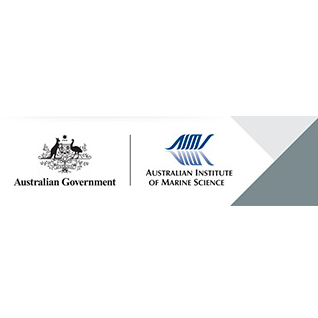Brief description
Ecologically relevant distances of dispersal were inferred from DNA microsatellite data from broadcast-spawning (Acropora tenuis) and brooding (Seriatopora hystrix) corals at isolated reef systems of Western Australia.576 colonies of the broadcast-spawning coral Acropora tenuis were collected from the Rowley Shoals and Scott Reef systems, and 476 colonies of the brooding coral Seriatopora hystrix were collected from the Rowley Shoals, Scott Reef, and Browse Island. Replicate sites were sampled at most reefs within each system, and samples were collected from the reef slope at the Scott Reef system in January 2004, Rowley Shoals in April 2005, and Browse Island in September 2006. The data for Seriatopora hystrix include 287 individuals genotyped from Scott Reef (see another metadata record for details). At each site (except the two at Browse Island), the exact locations of the sampled colonies relative to a 300 m transect were recorded, along with the GPS coordinates at the beginning of each transect.For Seriatopora hystrix, a total of 8 pairs of colonies sampled from the same site shared the same genotype, compared with 7 pairs for Acropora tenuis. One individual from each of these pairs was removed from the subsequent analysis, resulting in between 21 and 50 individuals analyzed at each site. Details of the microsatellite markers recorded were: the number of alleles (A), the proportion of observed (HO) and expected (HE) heterozygotes per locus and site, and the FIS calculated for each locus and each site (FIS All loci). Averages were also calculated for allele (A All loci), expected heterozygosity for all loci at each site (He All loci), expected heterozygosity across all sites (He All sites); as well as the number of private alleles at each site (Pva), the total number of alleles (Atotal) and arithmetic mean of alleles per locus across sites (Amean). The loci names use a prefix for the species followed by 2, 3, 4 or 5 according to the repeat motif type (di-, tri-, tetra- or pentamer), followed by a number: Sh2-002, Sh2-006, Sh3-003, Sh3-004, Sh3-007, Sh3-008, Sh3-009, Sh4-001 (Seriatopora hystrix); Amil2-006, Amil2-010, Amil2-011, Amil2-012, Amil2-018, Amil2-022, Amil5-028 (Acropora tenuis). Congruent with expectations based on life histories, levels of genetic subdivision among populations were markedly higher in the brooder than in the broadcast spawner. Additionally, significant subdivision for both species between systems (>100 km), and between (>10 km) or within reefs (To gain further insight into degree of isolation, effective population size and the importance of asexual versus sexual reproduction, genetic and genotypic (clonal)diversities vary between the high-latitude, offshore reefs and the low latitude, coastal reefs were tested.Lineage
Maintenance and Update Frequency: notPlannedNotes
CreditUnderwood, James N, Dr (Principal Investigator)
Modified: 12 03 2024
text: westlimit=121.69; southlimit=-14.24; eastlimit=122.07; northlimit=-13.6
text: westlimit=118.8333; southlimit=-17.6667; eastlimit=119.8; northlimit=-17.0
text: westlimit=123.5; southlimit=-14.15; eastlimit=123.6; northlimit=-14.0
Ecologically relevant dispersal of corals on isolated reefs: implications for managing resilience: Underwood JN, Smith LD, van Oppen MJH and Gilmour JP (2009) Ecologically relevant dispersal of corals on isolated reefs: implications for managing resilience. Ecological Applications 19:18-29.
local : articleId=7903
- global : ea766712-7dd6-443e-ae50-095a3152cf1d


